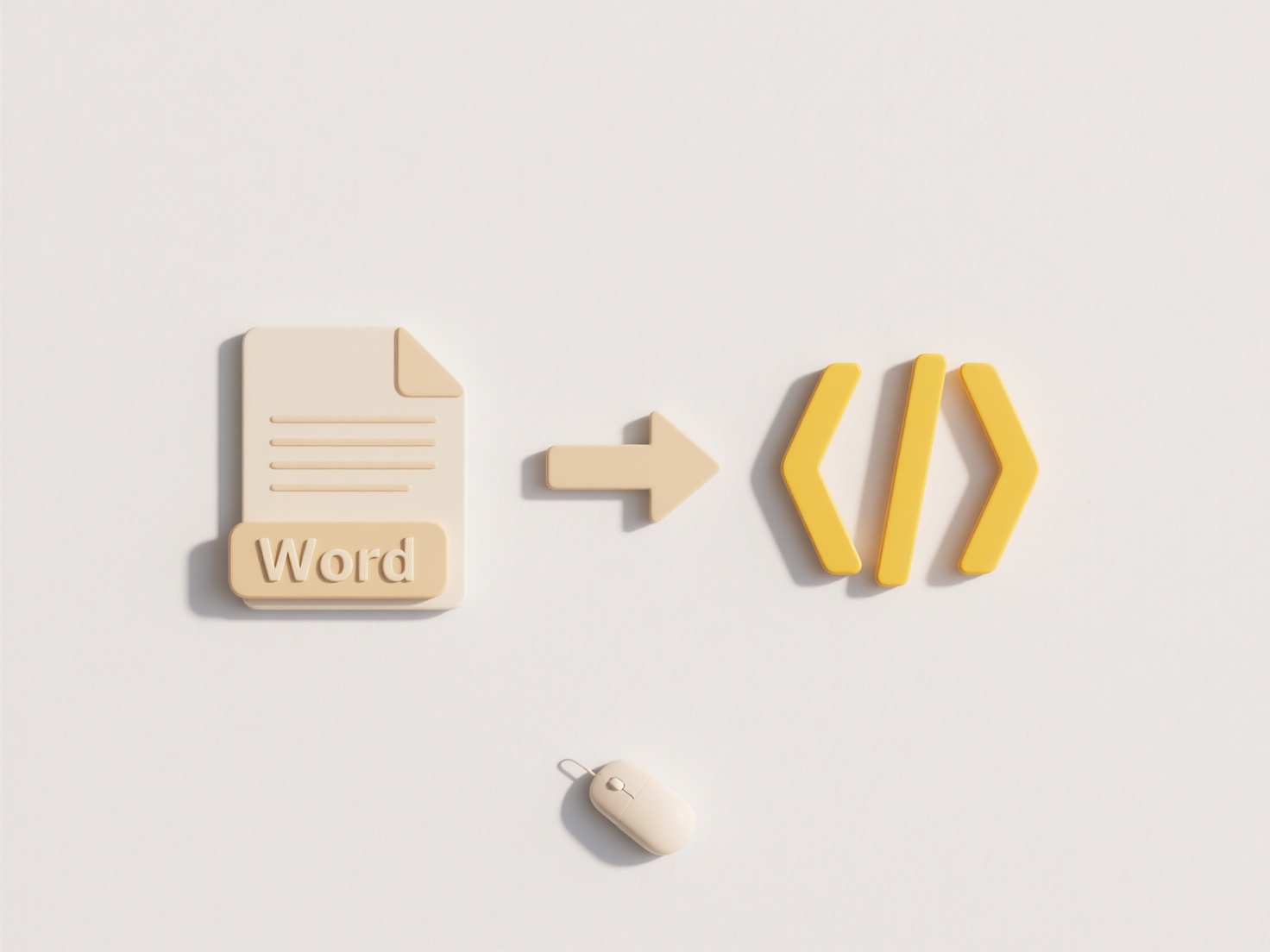
Renaming files changes an existing file's name stored on your device. It modifies the identifier users see in file managers and apps without altering the file's actual content or location. Unlike moving a file to a different folder, renaming keeps the file in the same place but gives it a different label for better organization or clarity. This action is typically performed within a device's dedicated file management app.

For example, you might rename a downloaded PDF from a generic name like "document.pdf" to "Quarterly Report Q2 2024.pdf" to make it easily identifiable later. Similarly, you could rename a photo originally labeled "IMG_1234.JPG" to "FamilyReunion_Beach.jpg" for descriptive sorting. These actions are commonly done using the built-in file managers on both iOS (Files app) and Android (File Manager or Files by Google), often accessed via long-pressing the file and selecting 'Rename' from the options menu.
Renaming files offers significant organizational benefits but has limitations. Special characters like slashes (/) or colons (:) are usually prohibited and naming conflicts arise if a file with the new name already exists in the same folder. While generally safe for user-created content, renaming files used by specific system apps can sometimes cause unexpected errors. Future developments may integrate renaming more seamlessly across cloud services within mobile operating systems.
How do I rename files on mobile devices?
Renaming files changes an existing file's name stored on your device. It modifies the identifier users see in file managers and apps without altering the file's actual content or location. Unlike moving a file to a different folder, renaming keeps the file in the same place but gives it a different label for better organization or clarity. This action is typically performed within a device's dedicated file management app.

For example, you might rename a downloaded PDF from a generic name like "document.pdf" to "Quarterly Report Q2 2024.pdf" to make it easily identifiable later. Similarly, you could rename a photo originally labeled "IMG_1234.JPG" to "FamilyReunion_Beach.jpg" for descriptive sorting. These actions are commonly done using the built-in file managers on both iOS (Files app) and Android (File Manager or Files by Google), often accessed via long-pressing the file and selecting 'Rename' from the options menu.
Renaming files offers significant organizational benefits but has limitations. Special characters like slashes (/) or colons (:) are usually prohibited and naming conflicts arise if a file with the new name already exists in the same folder. While generally safe for user-created content, renaming files used by specific system apps can sometimes cause unexpected errors. Future developments may integrate renaming more seamlessly across cloud services within mobile operating systems.
Quick Article Links
How do I search video files by duration or codec?
Searching video files by duration or file length involves finding files that are a specific playback time (e.g., exactly...
What’s the best way to name meeting notes or minutes?
Meeting notes or minutes refer to the documented record capturing key discussions, decisions, and action items from a me...
Can I embed a .pdf into a webpage?
Embedding a PDF involves displaying the document directly within your webpage, so users can view it without downloading ...